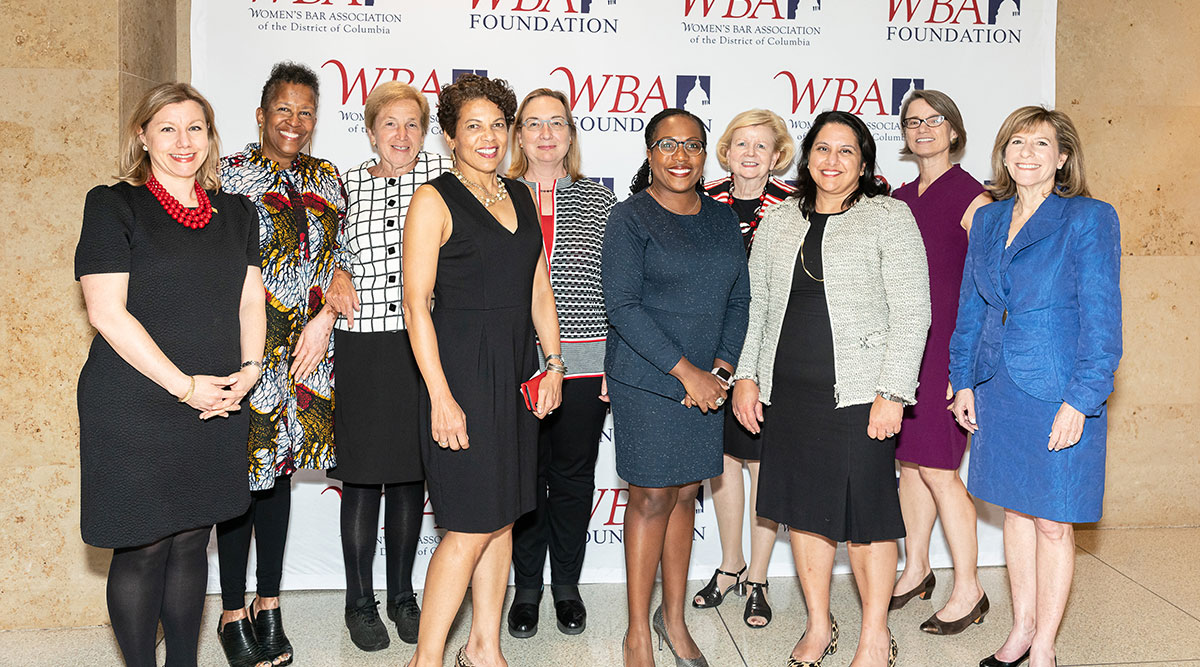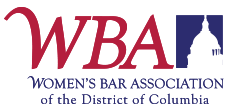WBA 2023-2026 Strategic Plan
2023-2026 STRATEGIC PLAN
The WBA: Empowering and Advancing Women Lawyers in the Nation’s Capital and Beyond since 1917
MISSION
Maintaining the honor and integrity of the profession; promoting the administration of justice; advancing and protecting the interests of women
lawyers; promoting their mutual improvement; and encouraging a spirit of friendship among our members.
VISION FOR 2026
The Women’s Bar Association of the District of Columbia is a welcoming community of lawyers that provides steadfast support to members throughout their careers. WBA illuminates and celebrates women lawyers’ diverse perspectives and career paths; encourages members to bring their authentic selves and creates a meaningful sense of belonging; and leads with energy and consistency to shift power in the profession and bring equity and opportunity to all.
WE SEEK TO PRESERVE:
- An environment that fosters community, strong connections and meaningful friendships
- Our national reputation, especially as it relates to our advocacy role
- Excellence in our programming, including personal and professional development
- The ease with which one can get involved, implement ideas, and serve in a leadership position
- Diversity of thought and experience among members and at all levels of leadership
OUR STRATEGIC PLAN
This three-year strategic plan serves as a guide for the organization’s efforts to advance its mission by developing leaders, building a sustainable development strategy, and improving our membership experience. It was developed with consulting support from ABA’s Division of Bar Services, reviewed by a strategic planning committee, and approved by the WBA Board in June 2023.

